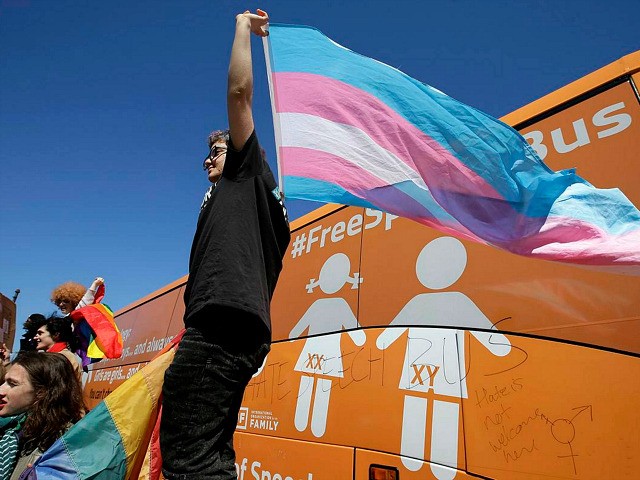CNN effectively erased the reality of biological females in its coverage of the American Cancer Society’s recommendation that women undergo cervical cancer screenings at age 25 rather than 21.
The beginning of CNN’s coverage reads:
Individuals with a cervix are now recommended to start cervical cancers screening at 25 and continue through age 65, with the primary human papillomavirus (HPV) testing every five years as the preferred method of testing, according to a new guideline released Thursday by the American Cancer Society.
Individuals with a cervix are now recommended to start cervical cancers screening at 25 and continue through age 65, with HPV testing every five years as the preferred method of testing, according to a new guideline released by the American Cancer Society https://t.co/gUhYdIIx69
— CNN (@CNN) July 30, 2020
The words “women,” “woman,” “female,” and “females” are not used once throughout the entire article.
CNN’s use of sex-neutral language appears to align with the Trans Journalists Association’s guidelines, which advise journalists to “avoid equating gender and anatomy in your coverage.” Instead, journalists should use sex-neutral terms in the name of inclusivity, using phrases such as “people with ovaries, people with prostates, people who can get pregnant.” Such language is precisely what CNN utilized.
The guide reads in part:
This is particularly prevalent when writing about “men’s health” and “women’s health.” Consider whether that framing is trans-inclusive. When you write the word women, are you including trans women? Does it apply to non-binary people and trans men? Most reporting about health according to gender overlooks trans people and incorrectly equates anatomy to gender. Instead of simply writing “men” or “women,” consider who the issue you’re writing about affects — for instance: people with ovaries, people with prostates, people who can get pregnant. In some cases, the answer is not immediately clear, and it might be necessary to consult an expert. If you’re unable to find a clear answer, you can use “cis men/women and some intersex and trans people.”
Similarly, the Human Rights Campaign (HRC) has also effectively erased the reality of biological sex in its latest “Transgender Safer Sex” guide, which “redefined basic biological body parts under the guise of inclusivity, effectively stripping females of their own biology and assigning it to biological males,” as Breitbart News detailed:
The group’s blunt guide provided a list of words and provided its own definitions — definitions that do not coincide with biological fact. For instance, HRC defined “vagina” as a word used to “talk about the genitals of trans women who have had bottom surgery.” Yet, the HRC refused to use the same term for biological women, assigning them the term “front hole.” Similarly, HRC also redefined male genitalia, proclaiming that it could “belong to people of all genders.”
The Merriam-Webster dictionary also made waves over the summer after modifying its definition of both “trans woman” and “trans man,” defining the former as “a woman who was identified as male at birth” and the latter as “a man who was identified as female at birth.”
In its attempts to position itself as an arbiter of inclusivity, Merriam-Webster failed to address the fundamental conflict in its definitions. While “trans woman” is now defined as “a woman who was identified as male at birth,” the dictionary defines “woman” as “an adult female person.” “Female” is defined as “of, relating to, or being the sex that typically has the capacity to bear young or produce eggs.” So by its very sequence of definitions, a trans woman is not a biological female and is, therefore, not a woman, as women are defined as “an adult female person.”

COMMENTS
Please let us know if you're having issues with commenting.